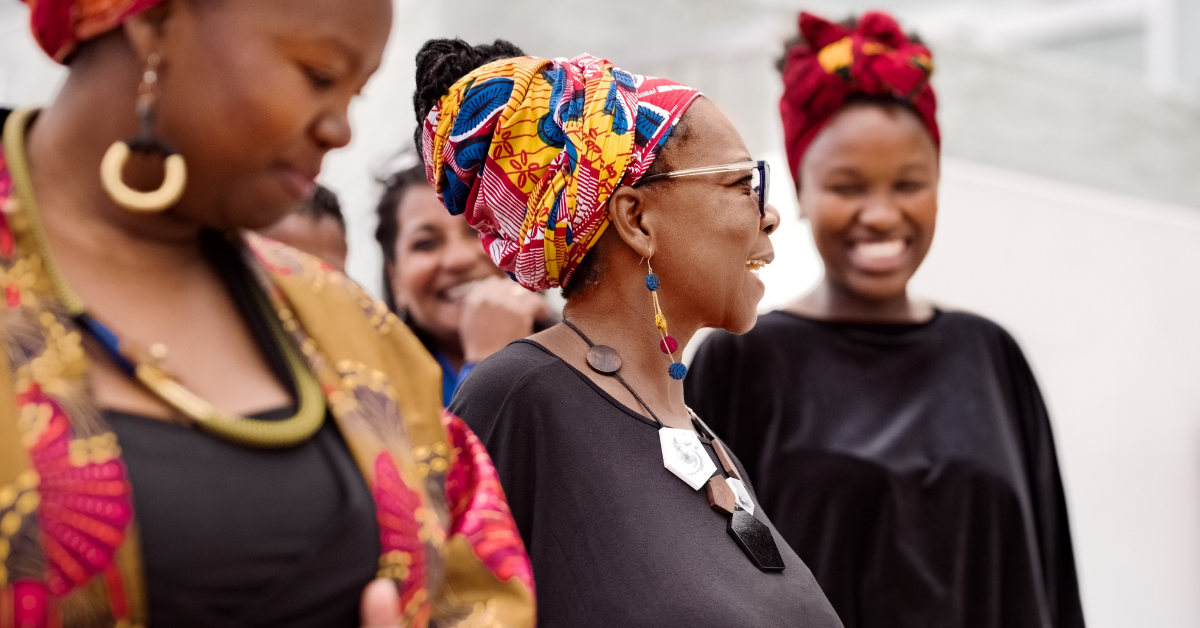Emily Gwavava, Pangaea Zimbabwe AIDS Trust (PZAT)
This post is part of a five-part series about the strategic priorities of the Maximizing Options to Advance Informed Choice for HIV Prevention (MOSAIC) project.
In Zimbabwe, the Medicines Control Authority’s approval of the PrEP ring in July 2021 was met with great excitement — and recognition that we still had a lot of work to do to prepare for introduction.
The ministry and its partners had begun raising awareness about the ring among health care providers. In 2021, we also updated the national guidelines on pre-exposure prophylaxis (PrEP) and the PrEP training manual to include the ring.
Then, in December, we learned that another HIV prevention method might be on the way. An injectable, CAB-PrEP, had been approved by the U.S. Food and Drug Administration and was being considered by other national regulatory authorities.
For Zimbabwe and other countries in eastern and southern Africa, the emergence of these new forms of PrEP presents a remarkable opportunity to offer potential users a range of choices to better meet their HIV prevention needs.
However, the prospect of a multi-method market, with HIV prevention products that have different routes of administration and adherence requirements, also poses challenges for ministries of health already grappling with how their policies and programs can promote and support effective use of oral PrEP.
Helping countries create an enabling environment for the smooth introduction and subsequent scale-up of novel PrEP products is one of the MOSAIC project’s five strategic priorities. We will work with ministries of health and other partners to expedite product introduction in policies and programs in five ways:
- Building a healthy global market: MOSAIC will work with product developers, national health authorities, civil society representatives, and other stakeholders to develop a multi-product market for HIV prevention. We will coordinate efforts to gain a better understanding of potential public- and private-sector markets for PrEP products, forecast demand for these products, and diagnose and address supply- and demand-side barriers to product access.
- Applying evidence and end-user insights in policies and programs: Using findings and insights from MOSAIC introduction studies and other PrEP research and programs, we will work with government partners to design national policies, clinical guidelines, and implementation plans that enable effective introduction of PrEP products. We will also develop tools and templates that can be used to adapt policies and plans as new products come to market.
- Engaging civil society representatives: Respectful partnerships with community stakeholders will help facilitate local ownership, build more equitable relationships, and increase the likelihood of success. MOSAIC will engage advocates, civil society partners, and members of community organizations — especially youth — as co-leaders, co-creators, co-authors, co-facilitators, and key advisors in designing and evaluating product introduction plans.
- Enhancing demand generation and marketing: Much is known about how beliefs, perceptions, stigma, and norms affect uptake and use of HIV prevention products, but less is known about how to change them. MOSAIC will apply evidence and use consumer-centered design methods to tailor communication and marketing solutions to meet potential users’ needs and support effective use of PrEP products.
- Strengthening drug resistance monitoring: We recognize that new product introduction and expanded use of PrEP will intensify the need to monitor for potential HIV drug resistance. MOSAIC will build partnerships with local laboratories to ensure countries have the tools they need to conduct HIV resistance testing and inform national policies for addressing drug resistance in HIV prevention programs.
As a result of these efforts, we envision an environment where end-users, providers, and their communities are equipped with the knowledge, tools, and resources to support accessible, effective, and impactful PrEP programming.
An empowering moment
On March 11, 2022, the South African Health Products Regulatory Authority (SAHPRA) approved the PrEP ring for use by women 18 and older for HIV prevention, joining Zimbabwe as one of the first countries to take this critical step toward product introduction.
“This is an extraordinary opportunity, after years of research, planning, and hard work, to increase the choice of HIV prevention methods for South African women,” says Elmari Briedenhann, a technical lead at Wits Reproductive Health and HIV Institute. “We view this as an empowering moment for women globally and look forward to working with the Department of Health, our MOSAIC partners, and all of the great stakeholders and organizations in South Africa to support policies and programs that make that vision of informed choice a reality.”
Featured Image: Canva


